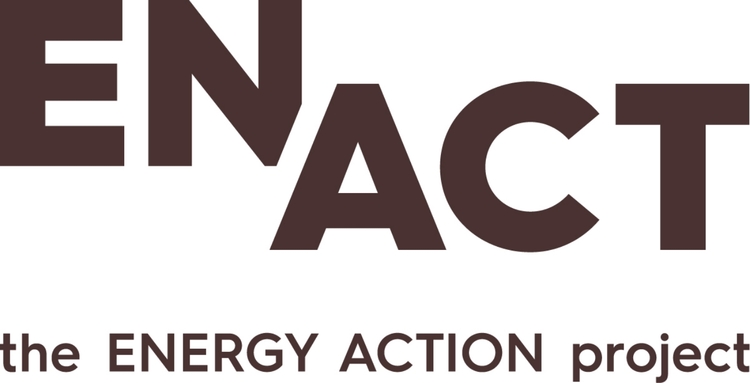In September 2012, Edward Davey, who was then serving as the UK Secretary of State for Climate Change, urged Parliament to do two things: define fuel poverty clearly and take action against it.
I know that some will see this question of definition as a distraction from the core task of designing and delivering effective policies helping those in fuel poverty. But I am clear that unless we properly understand the problem, we cannot design effective solutions.”
It is worth noting that when Mr. Davey made this statement, the United Kingdom was already one of the most advanced countries in terms of addressing fuel poverty, having set the criteria of 'energy bills accounting for more 10% of income' a decade earlier and implemented a wide range of policies that prompted action. In addition, the Annual Fuel Poverty Statistics, published by the Department of Energy and Climate Change, had been continually refining how energy poverty is measured andproviding analysis of the causes and trends, with comprehensive data obtained then broken down to the local district authority level.
Across Europe and in North America, more and more governments have begun to include the fuel poor in the range of vulnerable communities it is their duty to protect and assist. Belgium, France, Ireland, Italy and Spain are among the EU countries that have prepared official guides on addressing fuel poverty.
These national efforts had the effect of pushing fuel poverty UP the political agenda. The European Union is now taking measures to ensure that all EU citizens facing fuel poverty have access to similar services. The Energy Poverty Manifesto, soon to be released, is expected to set forth 10 recommendations across three dimensions:
· Establish an EU framework dedicated to fighting energy poverty
· Target energy efficiency measures toward energy-poor citizens
· Improve retail market conditions to support energy-poor citizens
The Working Group steering the EU initiative emphasizes that its definition will focus not on a 'quantitative threshold' of how much energy a household uses or of their energy bill in relation to income, but rather on the idea that access to affordable energy is a basic social right.
While high-level political will is a key trigger for action, experience demonstrates that the most effective measures are those customised to local circumstances, taking into account how the main factors of housing quality, energy prices and income levels interact in the specific context. In the United Kingdom, for example, funding from the national budget is distributed to County Councils, which then design and implement interventions to meet specific needs. Knowledge sharing among Councils helps ensure that effective programs can be rolled out quickly in other communities.
Another benefit of local action is that companies and associations with vested interests in the community can collaborate to develop and implement strategic intervention plans.
Many social agencies or associations, for example, play a vital 'first step' role by helping people in fuel poverty understand the range of services available and helping them prepare the documentation needed to apply for household upgrades or financial assistance. The association typically also educates families on ways to immediately start reducing energy consumption or improving their level of comfort.
These agencies may also connect the people with experts qualified to assess the condition of a dwelling, including the state of its heating system and overall efficiency. This 'audit' sets the priority for action to upgrade equipment, install insulation or replace windows (often doing all of the above). This reduces the stress of the person in difficult circumstances having to interact with multiple suppliers regarding technical issues she or he may not fully understand.
Recognising that those who struggle to pay energy bills each month would find it especially difficult to cover the cost of upgrades, other organisations tackle the financing challenge. In fact, utility companies often engage at this step. One of the most proven and cost-effective models being adopted by utilities throughout the United States is known as 'on-bill financing (OBF)'. In OBF schemes, a utility finances the full cost of home energy efficiency improvements under a contract that allows the customer to repay the loan through a charge on their monthly bill. The charge reflects the energy (and monetary) savings achieved by the efficiency measure. By reducing energy costs in the short term, the utility empowers the customer to enjoy greater comfort over the long term.
For each player along this chain of activity, helping the fuel poor is more than a 'do good' initiative. When people's homes are adequately warm, the government saves on healthcare costs. The home upgrade work stimulates the local economy, creating new jobs and improving the skills of the workforce. Utilities have lower administrative costs associated with accounts in arrears and reduced consumption allows them to better manage their own operations and assets.
Ultimately, stepping forward to ask for help has a positive ripple effect far beyond the individual's home; it delivers financial and other benefits all the way back up the chain of organizations, businesses and government agencies providing services.
